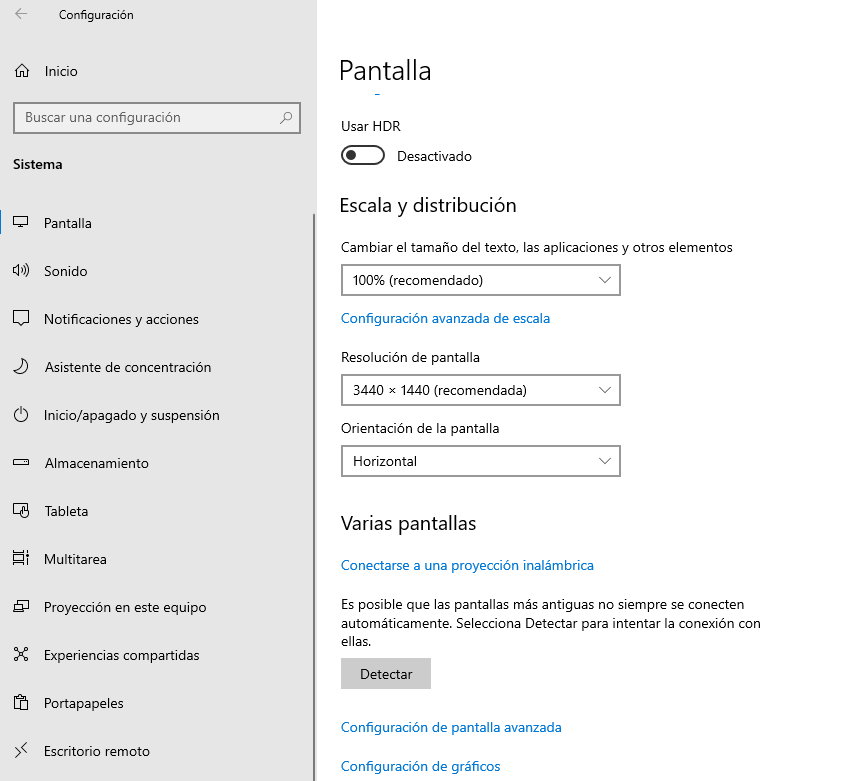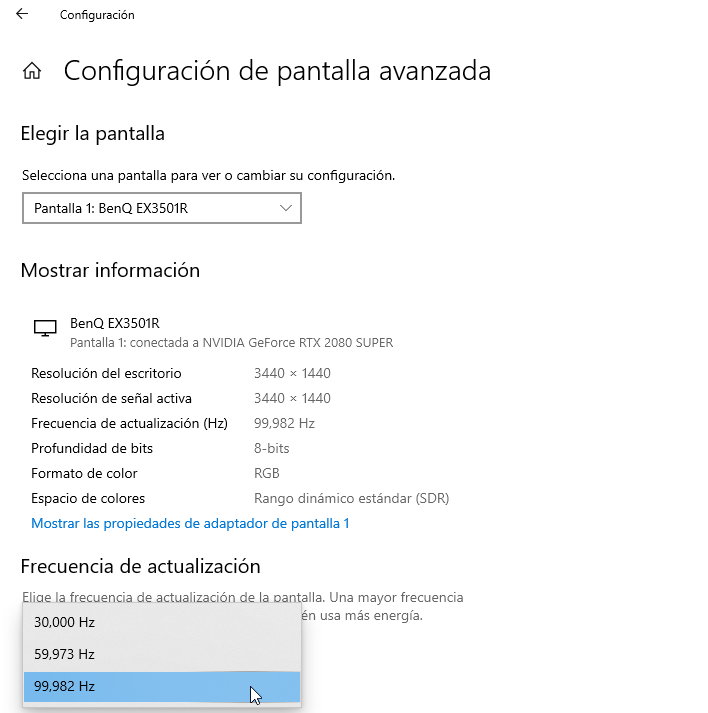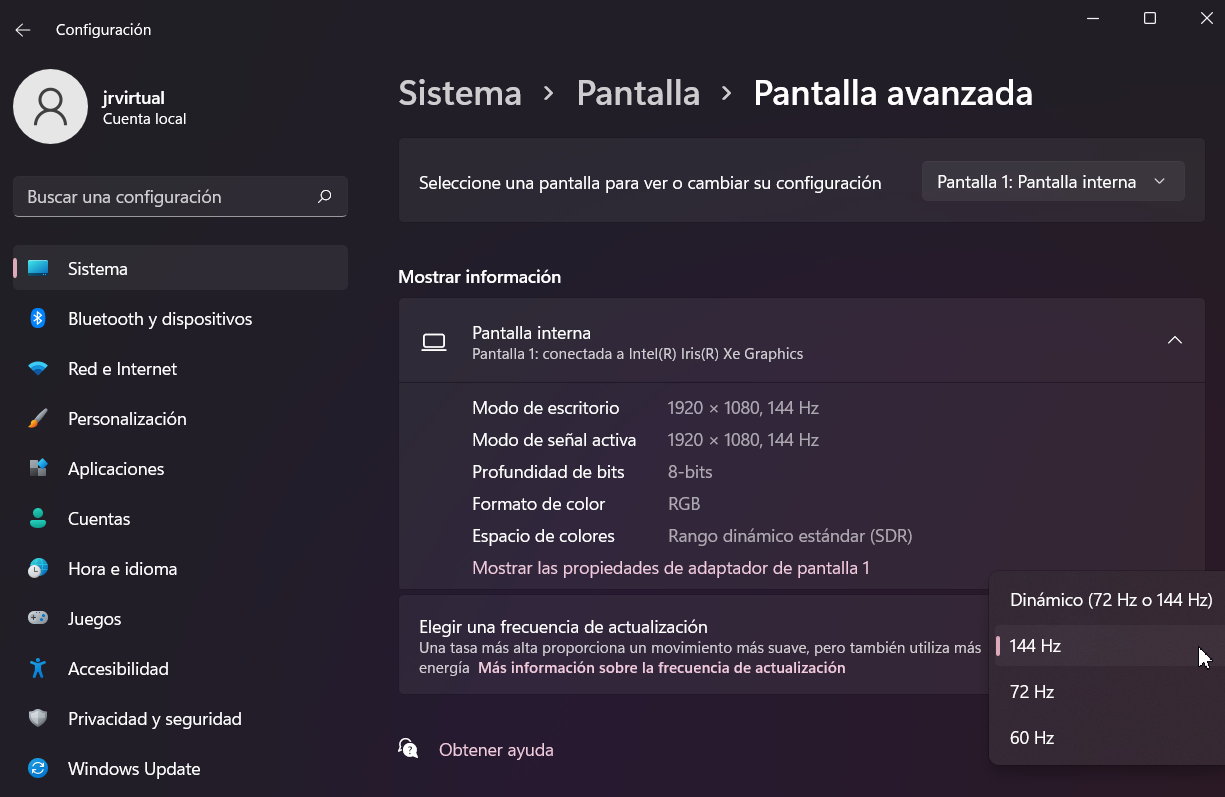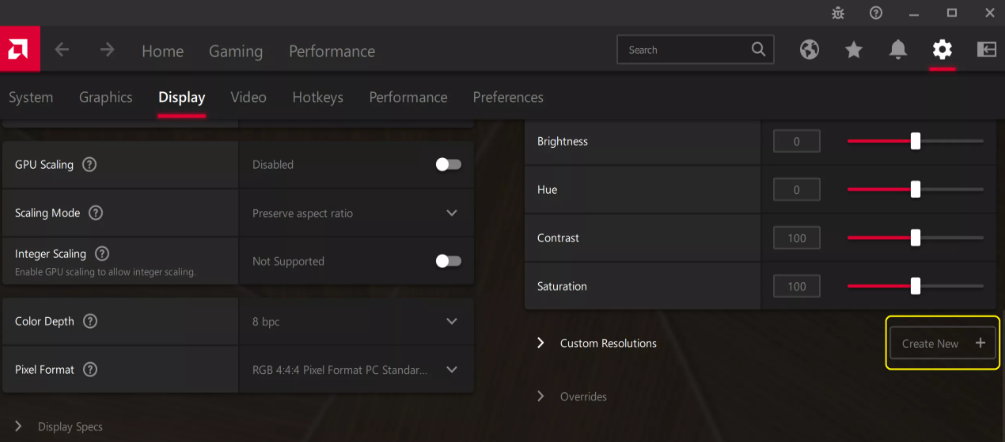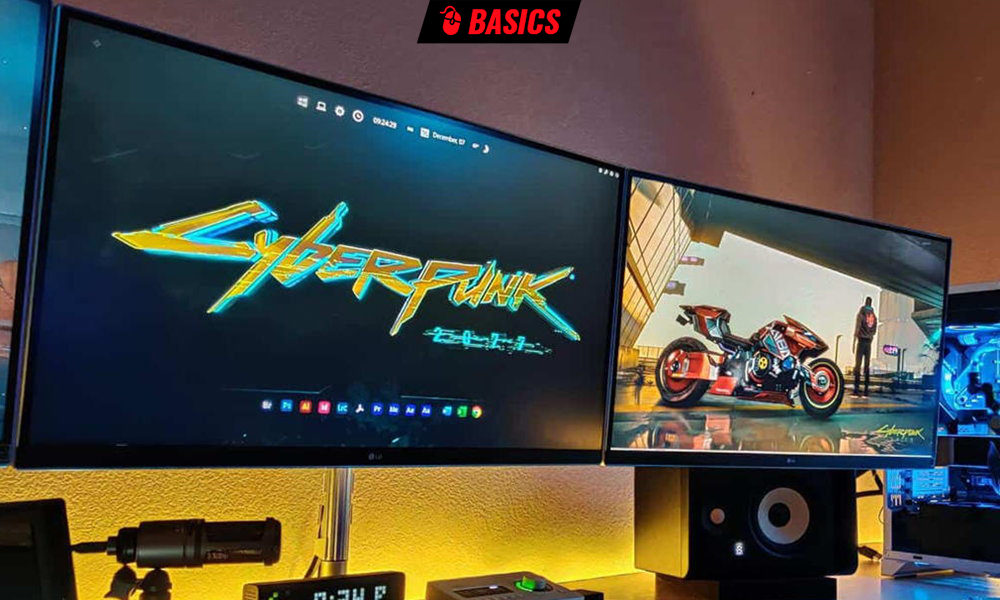
A monitor’s refresh rate allows a screen to display images at the same rate as the number of frames it receives at any given time. Generally, the higher its value, the better user experience we will have in any task especially in the fastest and most competitive games.
When we talk about the refresh rate of a computer monitor, we usually point to the maximum value that it is capable of reaching, but modern screens actually use a variable rate. Unlike other entertainment content such as movies, series or television broadcasts, video games create each frame on the fly and can vary widely because a static image of a turn-based strategy game has nothing to do with one of driving or a shooter where we are constantly moving and hitting shots.
This variable refresh rate is implemented in PCs through a technology called “adaptive sync” (Adaptive Sync) standardized by the VESA organization. It is widely used in the industry and is supported by the major graphics chip vendors (NVIDIA, AMD, and Intel), by all monitor manufacturers, and by some TV models. Its objective and basic operation is the same: improve communication between the graphics processor and and a display screensynchronizing the refresh rate of images.
Of course, this feature does not apply only to games and higher refresh rates will deliver a better experience for anything you do, from scrolling web pages to moving a mouse cursor. If you have just bought a new monitor or you already have one but you have not managed it, we remind you how to configure it in Windows to take full advantage of the monitor.
Update frequency in Windows 10
- Access the General Settings> System tool
- In the Display section, select Advanced display settings
- There you can select the monitor (if you are connected to several) and select the frequency.
Update frequency in Windows 11
- Access the General Settings tool > System > Display
- In the Display section, select Advanced display settings
- There you can select the monitor (if you are connected to several) and select the frequency.
Can the frequency be raised (or lowered) above the limit?
You can, but you have to be careful not to damage the monitor. A simple 60Hz TN monitor can easily scale to 70 or 75Hz and you’ll probably notice the differences already. This configuration is done in the management of NVIDIA, Intel or AMD graphics drivers. As an example, AMD’s Radeon drivers allow you to overclock the refresh rate in Settings > Display > Custom Resolutions.
Go testing small values from 5 to 5 Hz and don’t go overboard so as not to overheat the panel. There are no miracles. If you want high refresh rates you will have to buy a monitor prepared for it. Once configured, you will be able to select the frequency in Windows by following the steps above. You can also lower the maximum supported frequency in certain cases. It is not usual, but it can be useful for example in laptops to save energy if we need it when it works with the battery.
